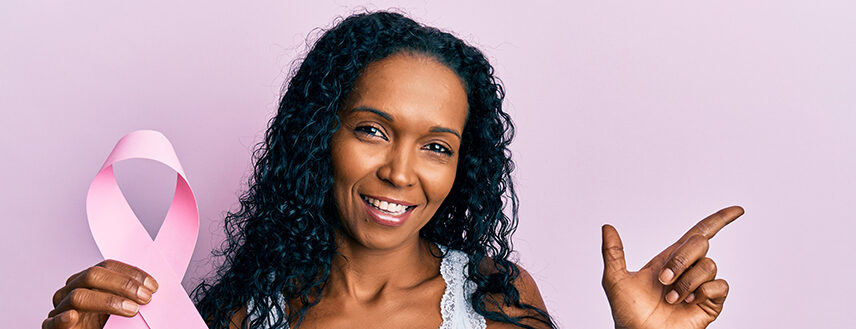
Breast Cancer Awareness Month is a good time to talk about the many myths surrounding breast cancer. You may have heard that wearing a bra can increase your risk of developing the disease, but there is no scientific support to this rumor. But if you think you’re off the hook because you have no family history of breast cancer, you could be wrong. Scientists still don’t know what causes breast cancer – only that certain factors such as obesity and too much alcohol – may increase your risk. Here are four of the most common breast cancer myths debunked.
1. Myth: Breast Cancer Always Appears as a Lump
Fact: Approximately 10% of those diagnosed with breast cancer have no lumps, pain or other indications of a problem in their breasts. Among those lumps that are detected, 80-85% are benign – usually cysts or noncancerous tumors called fibroadenomas. However, a doctor should always check any lump just to be sure.
2. Myth: Breast Cancer is Largely Genetic
Fact: Just 5-10% of cases are due to faulty breast cancer genes BRCA1 and BRCA2. Even in women who have a family history of breast cancer, many cases are due not to specific gene mutations, but rather to a combination of shared lifestyle factors and genetic susceptibilities, according to the American Cancer Society. Scientists still don’t know what causes breast cancer, but new advancements in genetic research is helping them get closer.
3. Myth: Small-Chested Women Have a Lower Risk
Fact: Your bra size does not actually play a role in whether or not you get breast cancer. All breast cancers develop in the cells that line the ducts or lobules (the parts that make milk and carry it to the nipple) and all women have the same number of these regardless of breast size. Breast size is usually determined by the amount of fat and stroma (fibrous tissue), which research has shown has little impact on the odds of developing cancer.
4. Myth: Young Women Don’t Get Breast Cancer
Fact: While the disease is definitely more common in postmenopausal women, breast cancer can affect people at any age. In fact, women under 50 account for 25% of all breast cancer cases and tend to have higher mortality rates. Scientists suggest this may be due in part to the fact that younger women tend to have denser breasts, which makes it harder to detect lumps during mammograms. This is why breast-self exams, annual doctor appointments and mammograms are so important.
